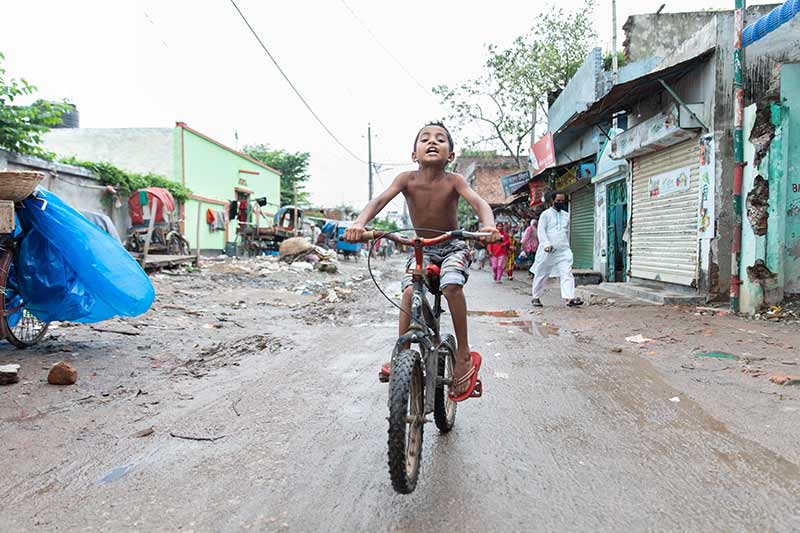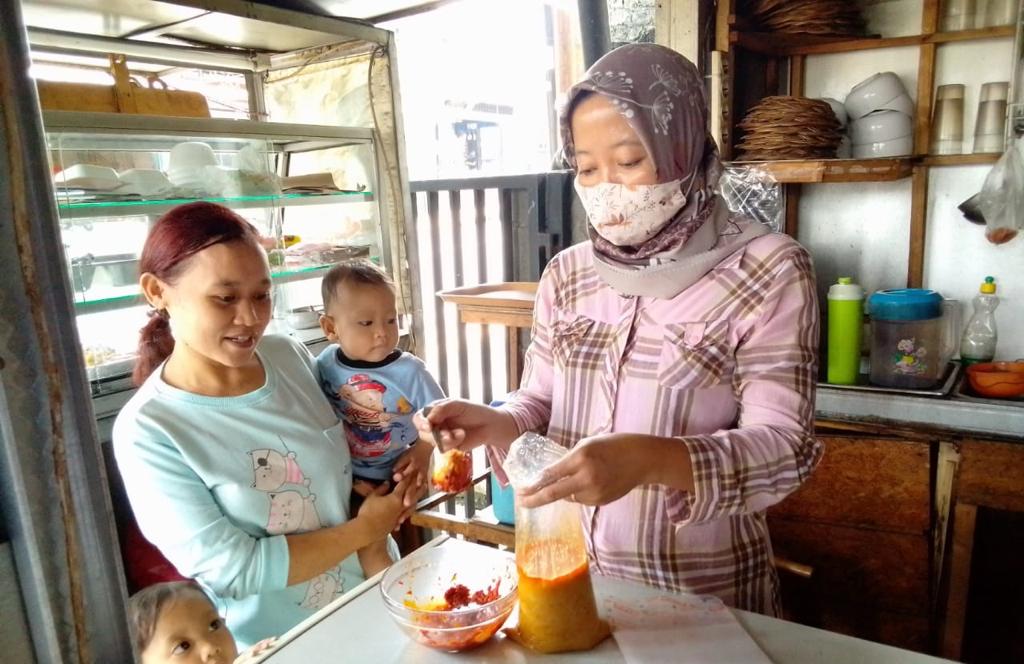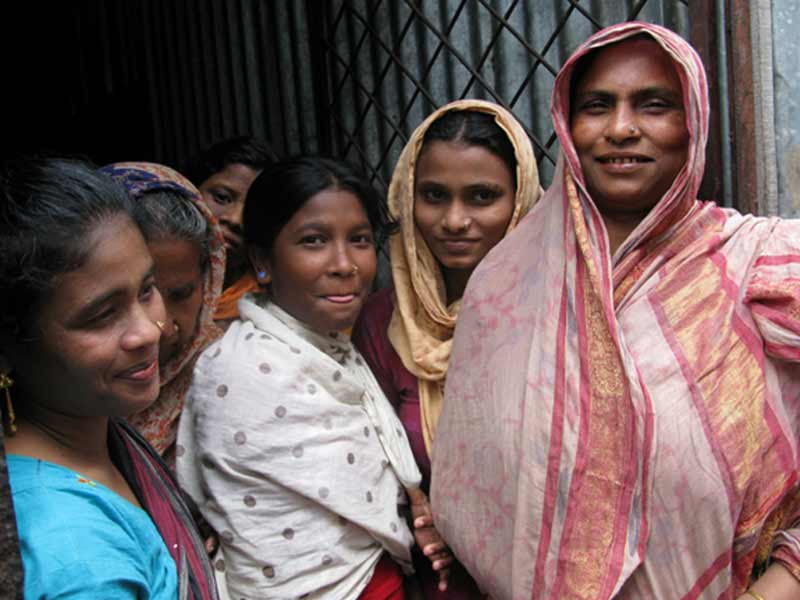
Plagued by chronic undernourishment and the ongoing effects of COVID-19, countries within Asia and the Pacific are desperate for a rebound. The overwhelming levels of malnutrition and poverty will require action and creative innovations such as big data, digital economy and mobile technology to overcome the myriad challenges of food insecurity. Such transformations could be as simple as the adoption of a smartphone into the hands of a smallholder farmer. This opens an immediate entry port to invaluable resources that can help farmers manage their operations more effectively so that they can gain a stable income and overcome the many multi-faceted challenges they face every day. With the right vision, reimagining smartphone technology can make a massive positive difference for smallholder farmers around the world. By channeling insights, information and opportunity down to a swipe on a screen, smallholder farmers can increasingly access the resources they need to thrive.
Agricultural innovation can also reduce back-breaking drudgery whilst regional food chains can benefit from technology such as drones, satellite imagery, big data and block chains. While drones or unmanned aerial vehicles (UAVs) can be an intimidating technological leap for farmers new to such innovations, their true value lies in the ability to quickly and efficiently gather and analyze information on assets, geography, infrastructure and environment data that can be used to exponentially maximize revenue. Boasting real-time results and relatively low costs (compared to other data gathering options), UAVs lend themselves to frequent and immediate updates about very detailed plant conditions without ever stepping foot in the field.
Knowing the origin of a food product and obtaining proof that it adhered to quality and sustainability standards are two of the most vital pieces of information that consumers demand. In response to these advances, policy makers must now adapt to new technology and improve mechanisms dedicated to shared information in order to develop a much better global system for integrating information about agriculture, ecosystem services, markets and human populations in real time. If current trends in population growth, diets, crop yields and climate change continue, countries within Asia and the Pacific will soon find themselves with even less paths to food security. Fortunately, there are still various changes that can be made to mitigate (and even reverse) this course.
First, the amount of food per person that needs to be produced can be brought down by eliminating waste in supply chains, ensuring more equitable access to food and moving to more resource-efficient vegetable-rich diets. Secondly, global agriculture represents a major opportunity for mitigating climate change through a wide range of practices that increase the efficiency of carbon and nitrogen management (for example, livestock feeding regimes that reduce methane emissions) or sequester carbon (for example, agroforestry).
Finally, agriculture innovation, including better management of soil, water and other resources — and careful matching of crops to environments — can help adapt food systems to climate change. Technology and innovative policy have an essential role to play in meeting the challenge of elevating countries within Asia and the Pacific into an operating space of food security. Given the already devastating conditions for many livelihoods and ecosystems, we need to take urgent action.



